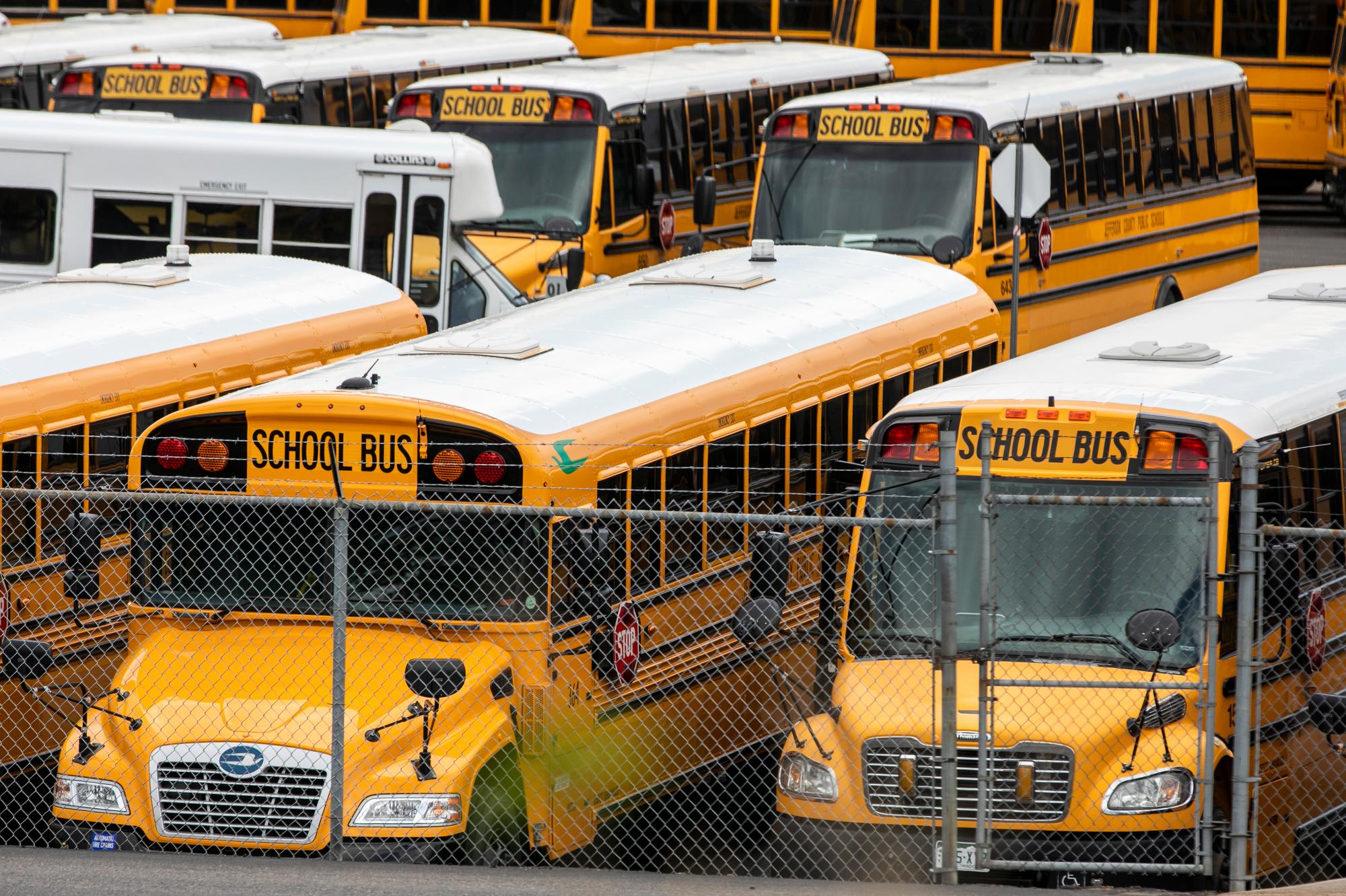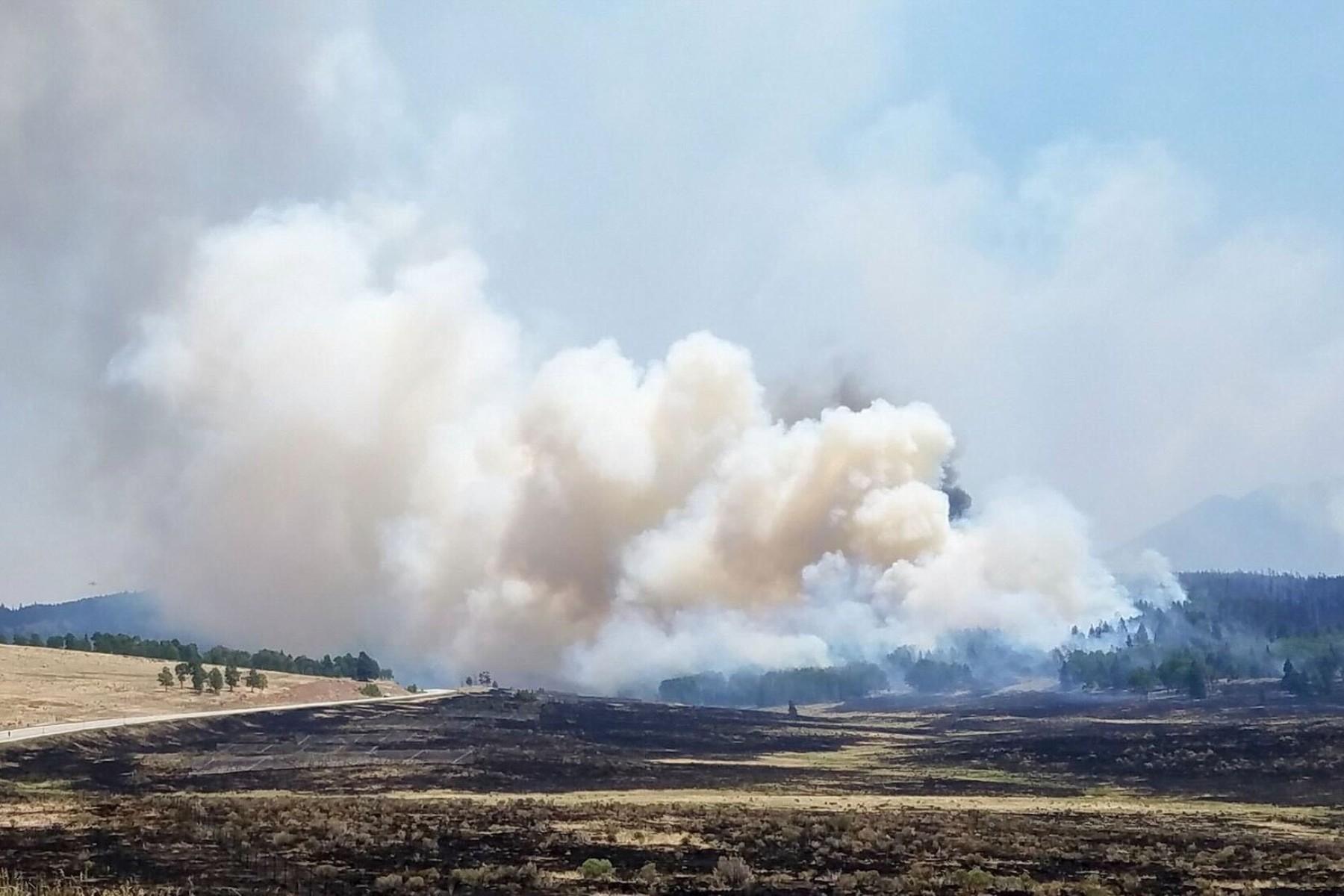
Updated Thursday 6:53 p.m.
Jeffco officials identified 16 elementary schools Thursday that will be recommended for closure. A full list of schools and the context behind the decision can be found here.
Our original story continues below.
Will their school be on the list?
Jefferson County parents, teachers, and elementary school students are nervously waiting to see if their school lands on a district list of elementary schools recommended for closure. District officials will present its recommendations to the school board Thursday night. Once the school board votes on the recommendations in November, the schools on the final list will close at the end of this school year.
District officials say Jefferson County — like major school districts across the nation — can no longer avoid the demographics driving declining school enrollment.
“We're very hopeful that we'll be in a much better place from a capacity standpoint to more rightly serve the number of students that are actually in Jeffco and will be in Jeffco for the next decade,” said Lisa Relou, chief of strategy and communications for the Jefferson County School District.
| Closing School | Enrollment | % FRL | Receiving school |
|---|---|---|---|
| Bergen Meadow K-2 | 193 | 5.3% | Bergen Valley (Delayed to 2024-25) |
| Campbell Elementary | 195 | 44.3% | Fremont and Vanderhoof elementaries |
| Colorow Elementary | 179 | 40.7% | Powderhorn Elementary |
| Emory Elementary | 385 | 82.4% | Lasley Elementary |
| Glennon Heights Elementary | 138 | 51.3% | Belmar Elementary |
| Green Mountain Elementary | 209 | 44.0% | Foothills Elementary |
| Kullerstrand Elementary | 179 | 59.3% | Prospect Valley |
| Molholm Elementary | 205 | 86.2% | Lumberg Elementary |
| Parr Elementary | 172 | 66.5% | Little Elementary |
| Peck Elementary | 159 | 57.8% | Secrest Elementary |
| Peiffer Elementary | 200 | 35.5% | Kendallvue Elementary |
| Sheridan Green Elementary | 215 | 32.3% | Ryan Elementary |
| Thomson Elementary | 193 | 68.0% | Swanson Elementary |
| New Classical Academy at Vivian | 129 | 65.3% | Stober Elementary |
| Wilmore Davis Elementary | 208 | 65.4% | Stevens Elementary |
| Witt Elementary | 204 | 29.2% | Lukas Elementary |
Why are schools closing?
While the county’s population increased by almost 56,000 residents from 2000 to 2020, the school-aged population decreased by nearly 30,000. The number of school aged-children peaked 21 years ago in 2001. In 2020, the lowest number of births in 15 years was recorded. Simply put, there are fewer school-aged children.
Jeffco has the capacity to serve 96,000 students in its district-managed schools, but it currently only serves 69,000 students. And nearly 40 percent of that excess capacity is at the elementary school level.
There are also 10,000 charter school students but charter schools — which are public, tax-payer-funded schools, but independently run — are not part of the district’s closure calculations.
How much money schools get depends on how many students are enrolled. When numbers drop, there’s less money to cover fixed costs like a school counselor or cafeteria — or to offer courses like art, physical education or after-school programs. Schools that are over-enrolled must subsidize under-enrolled schools. Some schools cost about $13,000 per student to run, while others cost more than $19,000.
“What that signifies is just how much we have to supplement our really small schools just to keep them in survival mode,” Relou said.
“It is hard on all school communities when we do not efficiently utilize our resources and take advantage of economies of scale,” the district wrote in the preamble to a study released this summer, the first step of a long-term district consolidation plan.
Pressure mounted for a long-term plan to avoid ‘reactive decisions’ like the ones made over the past couple of years to close two small schools, leaving parents in the lurch.
JeffCo is part of a statewide — even nationwide — trend
Colorado’s population growth has been slowing since 2019. The peak of the school-aged population was in 2018 at 1,007,600 and has been declining ever since. Forty-three of Colorado’s 64 counties had a decline in their under-18 population over the past decade, according to state demographer Elizabeth Garner. Jefferson County has been declining steadily for a long time.
“It’s aging,” she said. “Most of its families have finished having kids and that’s why you’re seeing this slowdown in their growth — it’s been declining for 20 years.”
There are 49 elementary schools in Jefferson County with a student population of less than 250 and/or building utilization of 60 percent or less, according to the district. Combined, that’s 10,600 empty seats.
How will the district decide which school to close?
In the study of elementary schools, the district presents data on each school (English) (Spanish) including enrollment, how much of the building is being used, its condition and the number of staff who work there, and whether it offers special programs, among other factors.
“This is a big puzzle,” said Relou. “You can't just consider one or even two things without considering all the other things, like where center programs (for gifted students) are and the kinds of services and supports that are provided to students.”
But she emphasizes, the criteria for closing schools, when it’s shared Thursday night, “is going to be very clear.”
An example of one of the district’s small schools — Thomson Elementary in Arvada has 193 students yet it has space for 500 students. Because the school is so small, the cost-per-student runs high — more than $19,000 per student. (The district average is about $16,000.)
“There’s such a thing as too small,” Relou said. “In some cases, it means kids don’t have access to the services and experiences they need for a well-rounded education. We believe that every child deserves an extraordinary student experience and to be in a school within a culture of instructional excellence. And we can't compromise on that.”
But closing schools is painful — and could hurt more students living in poverty.
A sizable number of JeffCo’s small schools serve a high population of students who qualify for free and reduced-price lunch — nearly 70 percent at Thomson. Nearly 60 percent of Thomson are students of color.
Closing schools is disruptive. Families want a school their children can walk to and or where their child’s older siblings have been educated. Schools are the center of many communities, where people gather, exchange information and get to know their neighbors. Families in the Edgewater neighborhood will be watching the board meeting Thursday, eager to learn whether schools in their community are on the list.
“It’s time for those closest to our students to have more local control over decision-making for the good of students and schools,” said Joel Newton of the Edgewater Collective.” “Education inequities have existed in Jeffco for our Latino students, and it’s past time to do something with our community to address those opportunities.”
School officials acknowledge the process is painful and hard to do.
“We know that if we went out and said to people, do you want us to close their school, no one would raise their hand,” said the district’s Relou. “We don't want to close anybody's school, but we're at a place where we just simply cannot sustain it anymore.”
The board will hold public hearings about the school closures in late October and will vote on the staff’s recommendation Nov. 10.









